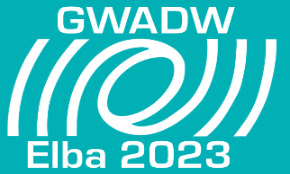Speaker
Description
Advanced gravitational-wave detectors that have made groundbreaking discoveries are Michelson interferometers with resonating optical cavities as their arms. As light travels at a finite speed, these cavities are optimal for enhancing signals at frequencies within the bandwidth, beyond which, however, a small amount of optical loss will significantly impact the high-frequency signals. We find an elegant interferometer configuration with an ``L-resonator" as the core, significantly surpassing the loss-limited sensitivity of dual-recycled Fabry–Perot-Michelson interferometers at high frequencies. Following this concept, we provide a broadband design of a 25km detector with outstanding sensitivity between 2kHz and 4kHz. We have performed Monte-Carlo population studies of binary neutron star mergers, given the most recent merger rate from the GWTC-3 catalog and several representative neutron star equations of state. We find that the new interferometer configuration significantly outperforms other third-generation detectors by a factor of 1.7 to 4 in the signal-to-noise ratio of the post-merger signal. Assuming a detection threshold with signal-to-noise ratio $>5$ and for the cases, we have explored, the new design is the only detector that robustly achieves a detection rate of the neutron star post-merger larger than one per year, with the expected rate between $\mathcal{O}(1)$ and $\mathcal{O}(10)$ events per year.

